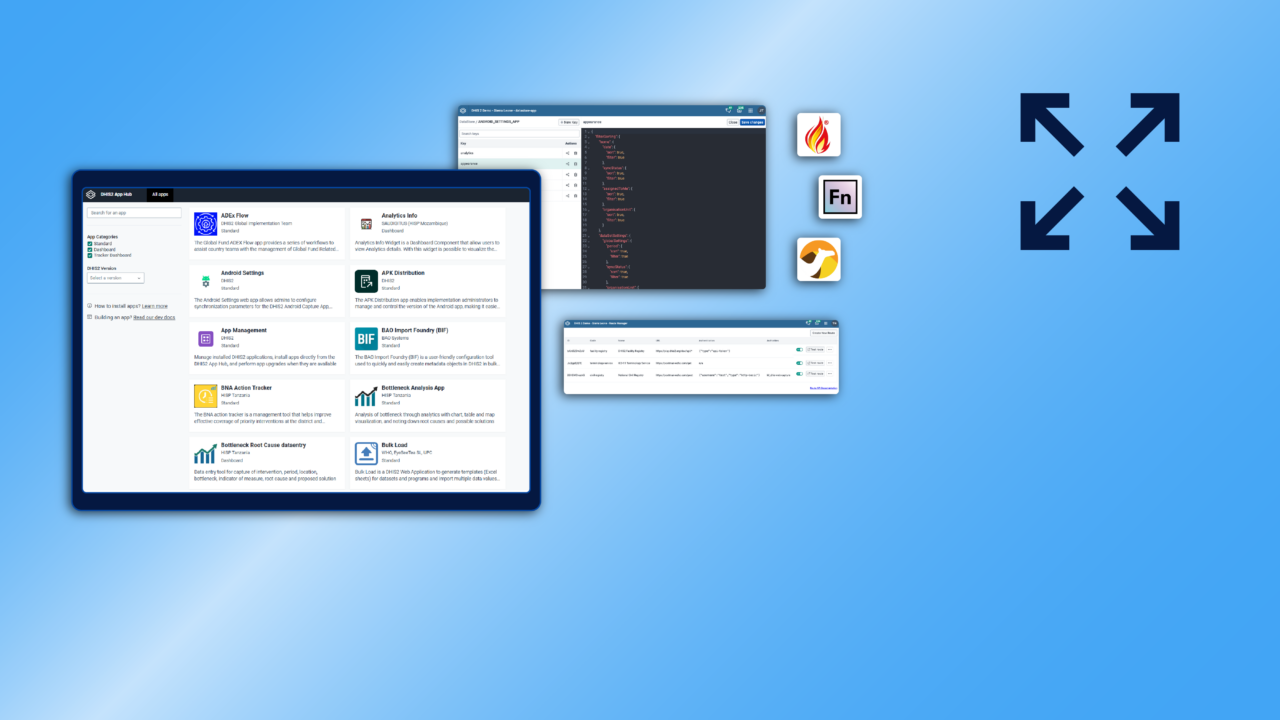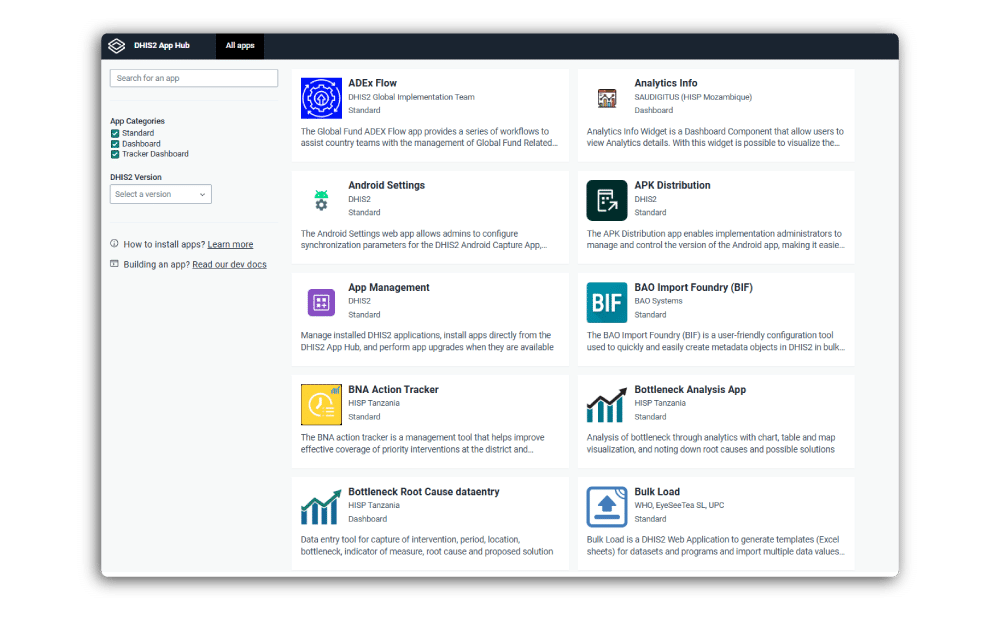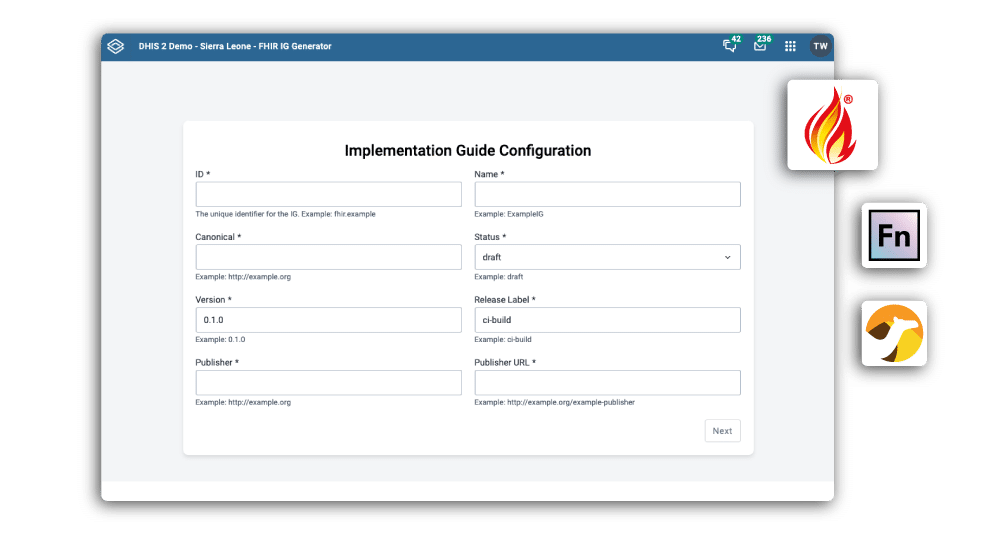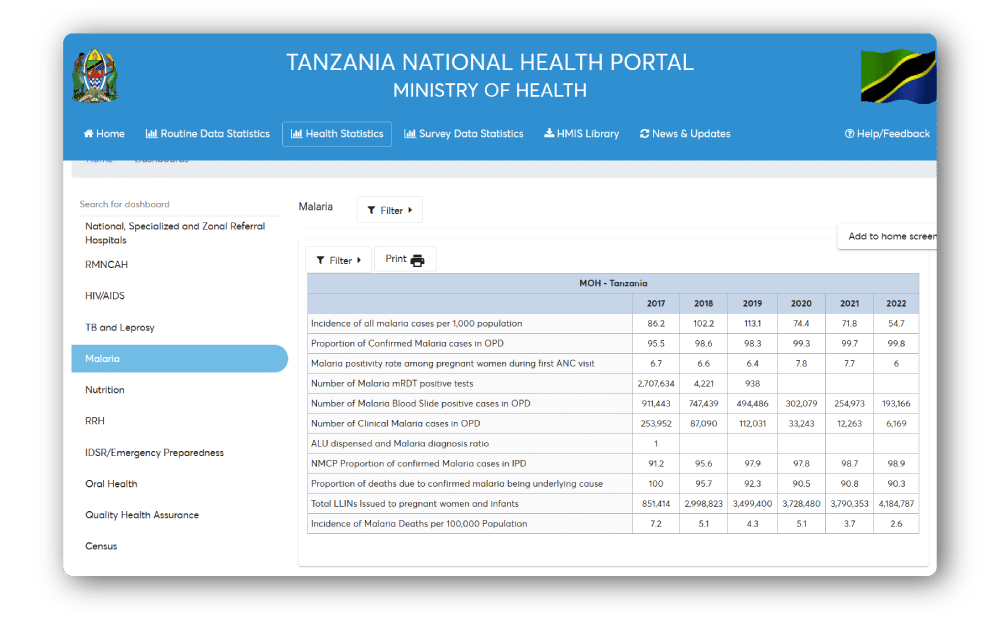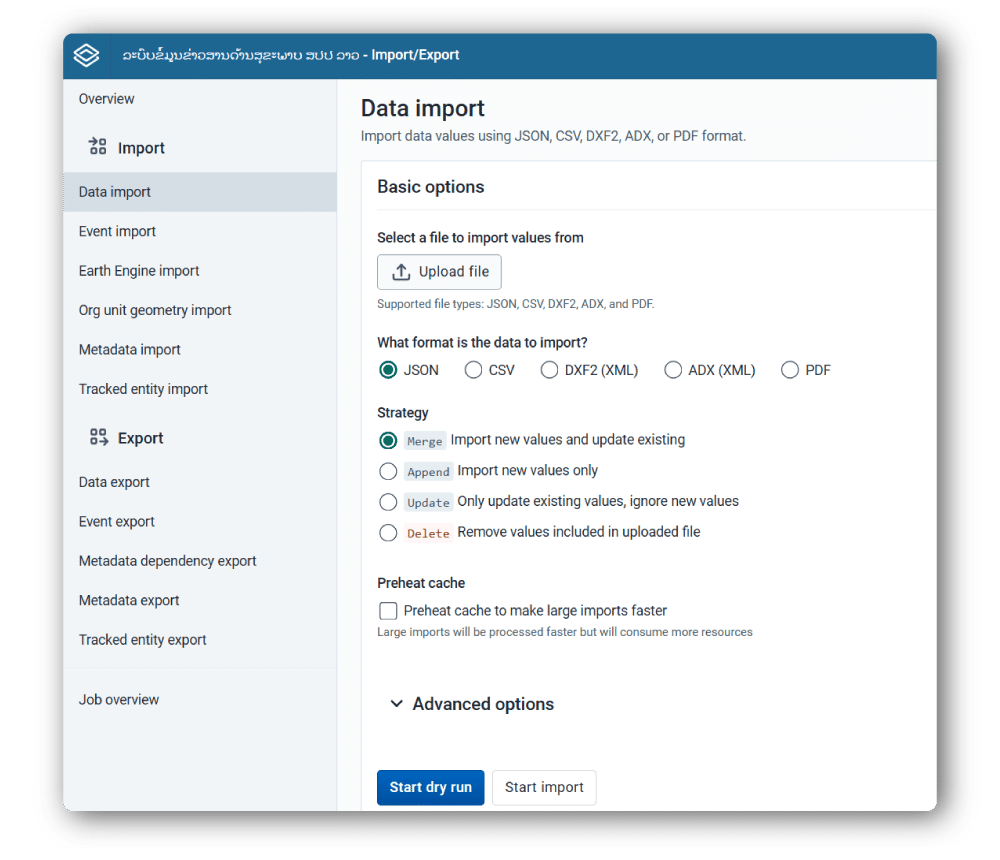While the DHIS2 platform offers a robust and flexible set of tools for data collection, analysis, and management, there are often reasons for connecting it with other systems, such as data collection tools, advanced analytics platforms, sector-specific software and hardware, and legacy systems. DHIS2 is designed to support software interoperability, thanks to its open API, flexible data model, and support for global data standards, such as ADX for aggregate data and FHIR for individual records. This makes it possible to integrate DHIS2 directly–or through middleware solutions like OpenFN, OpenHIM, and Apache Camel–with any other integration-ready system. The DHIS2 Camel component also allows you to connect DHIS2 to other platforms with Camel components, such as WhatsApp and Salesforce, or in any integration where you are using Camel as middleware. Visit our integration page for a list of some of the popular systems that support integration with DHIS2.
